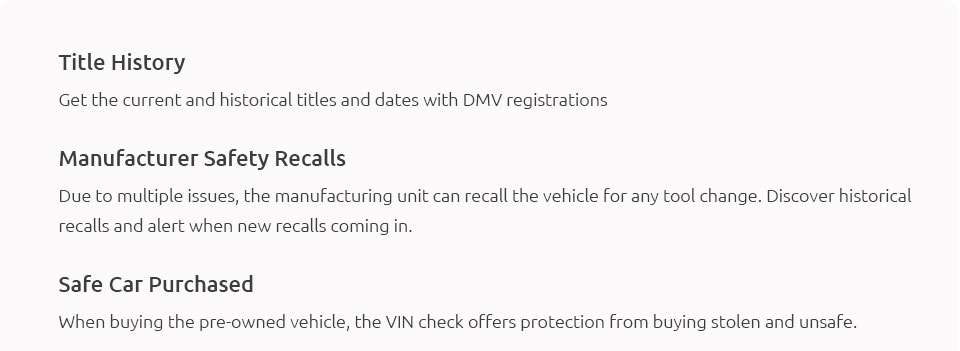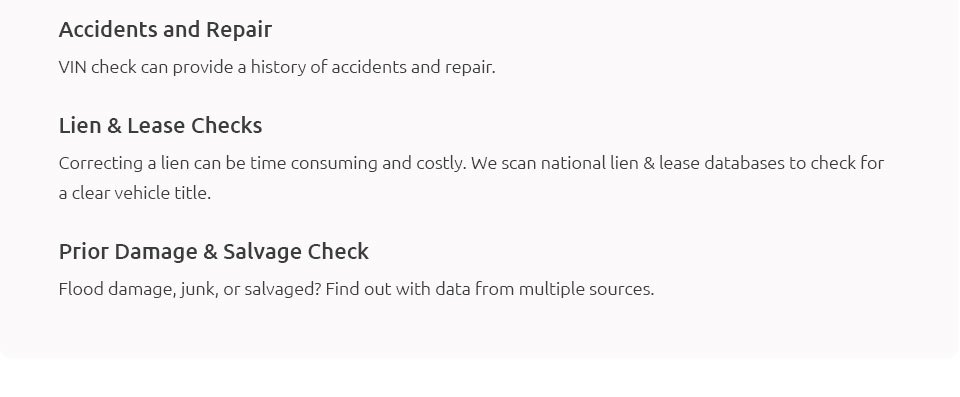 |
 |
 |
 |
 |
||
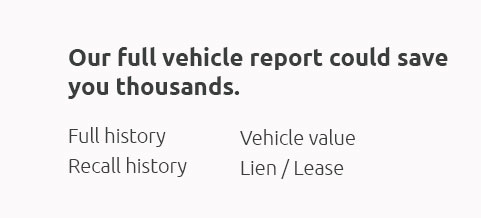 |
 |
|
 |
 |
|
 |
 |
 |
 |
||
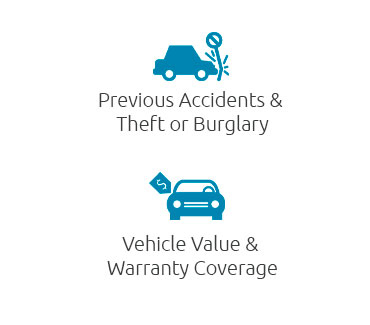 |
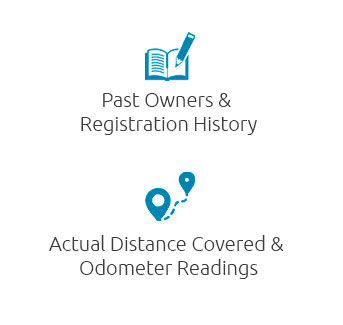 |
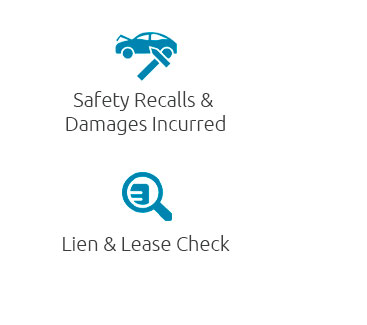 |
 |
 |
 |
||||
|
||||
 |
 |
How to Search a VIN: A Comprehensive GuideIn the intricate world of automotive knowledge, understanding how to search a Vehicle Identification Number (VIN) is akin to possessing a key to the car's hidden history. This unique 17-character code is more than just a random string of numbers and letters; it's a treasure trove of information that, when deciphered correctly, can reveal the vehicle's past, its present condition, and even its future potential. The art of VIN searching is not just for car enthusiasts; it's a vital skill for anyone considering the purchase of a new or used vehicle. In this guide, we'll explore the most effective strategies to unlock the mysteries held within a VIN, providing you with a toolkit of insights that can save both time and money. First and foremost, it's important to understand what a VIN is and why it matters. The VIN serves as the vehicle's fingerprint, a unique identifier that the automotive industry relies on for tracking. Since the standardization of the VIN format in 1981, this code has been used globally to maintain records on every vehicle manufactured, making it an invaluable resource for buyers, sellers, and manufacturers alike. The VIN is typically located on the driver's side dashboard, visible through the windshield, or on the driver's side door frame. Once you've located this crucial code, you're ready to embark on your investigative journey. Searching a VIN can be done through various methods, each offering different layers of information. Online databases are among the most popular tools due to their accessibility and ease of use. Websites such as the National Highway Traffic Safety Administration (NHTSA), Carfax, and AutoCheck provide platforms where you can input the VIN and retrieve detailed reports. These reports may include the vehicle's accident history, recall information, odometer readings, and even previous ownership records. While some services come at a cost, the investment is often worthwhile given the depth of information provided.
While online searches are incredibly useful, they should be complemented by physical inspections and professional evaluations. A VIN search provides a wealth of information, but it may not capture every nuance. For instance, not all minor accidents or repairs are reported to insurance companies, and therefore might not appear in a VIN report. Therefore, it's always advisable to have a trusted mechanic conduct a thorough inspection, especially for used vehicles. Their trained eye can spot potential issues that a digital report might miss, such as hidden rust or engine problems. Ultimately, the process of searching a VIN is a multifaceted endeavor that combines digital research with practical evaluations. It's a journey that requires both diligence and discernment, ensuring that you make informed decisions based on accurate and comprehensive data. Whether you're a seasoned car aficionado or a first-time buyer, mastering the art of VIN searching is an empowering skill that enhances your understanding and confidence in the automotive realm. As technology continues to evolve, the methods of accessing and interpreting VIN data will undoubtedly advance, making it an exciting time to engage with this fascinating aspect of car ownership. https://www.nicb.org/vincheck
About VINCheck. VINCheck. NICB's VINCheck is a free lookup service provided to the public to assist in determining if a vehicle may have a record of an ... https://driving-tests.org/vin-decoder/
Enter it in the field above to receive an instant report on its manufacturer, brand, make, model, body style, engine size, assembly plant, and model year. https://www.fordpro.com/en-us/fleet-vehicles/vin-decoder-and-guides/
Vehicle Identification Number (VIN) Lookup. Use Ford Pro's VIN decoder to learn vital information about vehicles purchased for business fleets. Perform a VIN ...
|

